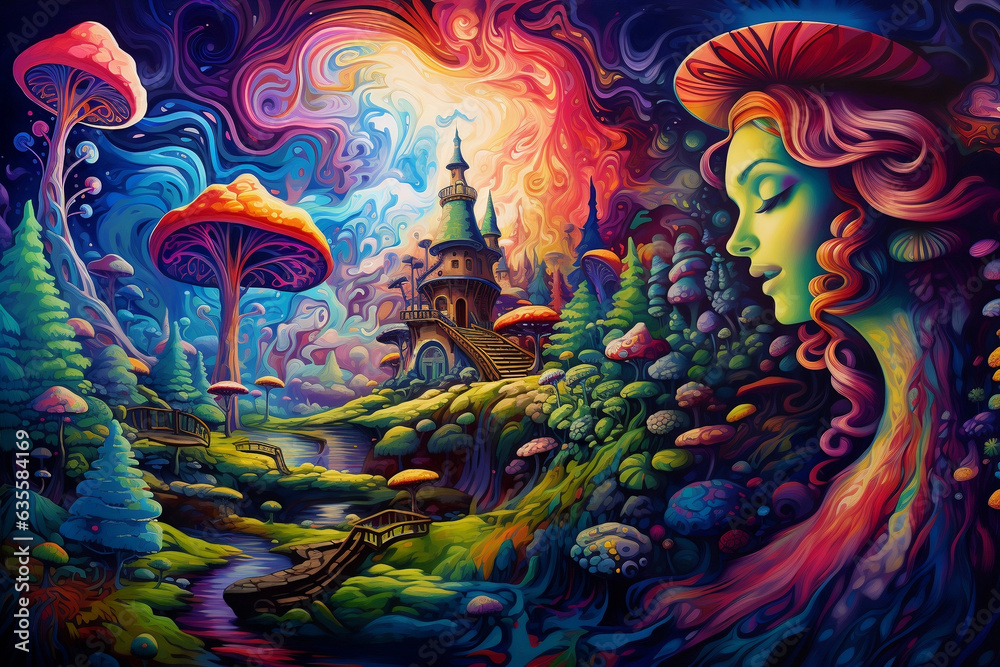AI
Different types of AI
Artificial Intelligence (AI) can be categorized into different types based on its capabilities, functions, and applications. Here are some of the main types of AI:
Narrow or Weak AI (ANI)
- Also known as Weak AI or Narrow AI, this type of AI is designed to perform a specific task or a narrow range of tasks.
- Examples include virtual personal assistants (like Siri or Alexa), recommendation systems, and image recognition software.
General AI (AGI)
- General AI, also known as Strong AI or AGI (Artificial General Intelligence), refers to AI systems with human-like cognitive abilities.
- AGI can understand, learn, and apply knowledge across a wide range of tasks and domains, similar to human intelligence. This level of AI does not yet exist and remains a subject of research.
Superintelligent AI (ASI)
- Superintelligent AI is a hypothetical form of AI that surpasses human intelligence in every aspect.
- This level of AI, if achieved, could potentially outperform humans in nearly all intellectual and creative tasks. It remains a topic of speculation and debate.
Machine Learning (ML)
- Machine Learning is a subset of AI that focuses on developing algorithms and models that can learn from data and improve their performance over time without being explicitly programmed.
- Types of ML include supervised learning, unsupervised learning, and reinforcement learning.
Deep Learning (DL)
- Deep Learning is a subfield of machine learning that uses neural networks with multiple layers (deep neural networks) to model and solve complex problems.
- DL has been particularly successful in tasks like image and speech recognition.
Reinforcement Learning (RL)
- Reinforcement Learning is a type of machine learning where agents learn to make sequences of decisions to maximize a reward signal.
- It is often used in robotics, game playing, and autonomous systems.
Natural Language Processing (NLP)
- NLP focuses on enabling computers to understand, interpret, and generate human language.
- Applications include language translation, chatbots, sentiment analysis, and text summarization.
Computer Vision (CV)
- Computer Vision involves teaching machines to interpret and understand visual information from the world, such as images and videos.
- It is used in image and video recognition, object detection, and autonomous vehicles.
Expert Systems
- Expert Systems are AI programs designed to emulate the decision-making abilities of a human expert in a specific domain.
- They use knowledge representation and inference techniques to provide expert-level advice.
Robotics
- Robotics combines AI, sensors, and mechanical systems to create autonomous or semi-autonomous machines capable of performing tasks in the physical world.
- Applications include industrial robots, drones, and autonomous vehicles.
AI Hallucination
AI hallucination, also known as AI-generated hallucination or AI-generated content, refers to the phenomenon where artificial intelligence systems, particularly generative models like GPT-3 or deep learning-based image generators, produce outputs that are imaginative, creative, or even surreal in nature. These outputs can sometimes resemble human-created content but are entirely generated by the AI without direct human input or control.
AI hallucination can occur in various forms:
Text Generation: AI models like GPT-3 can produce text that appears coherent and contextually relevant but may include information or ideas that are not factually accurate or may seem imaginative.
Image Generation: Deep learning models like GANs (Generative Adversarial Networks) can generate images, artwork, or even faces that look remarkably real but are entirely synthetic. These images can be surreal, combining features from various real-world objects or scenes.
Audio Generation: AI systems can also generate audio, including speech or music, that may sound convincingly human but is entirely computer-generated. This can lead to the creation of entirely new voices or musical compositions.
Video Generation: Advanced AI models can generate entire videos by predicting and stitching together frames. These videos can feature scenes, characters, or events that are entirely fictional.
While AI hallucination can produce impressive and creative results, it can also raise ethical concerns. The AI may produce content that is misleading, offensive, or potentially harmful if misused. Therefore, it’s essential to use AI-generated content responsibly and be aware of the limitations and potential risks associated with it.
